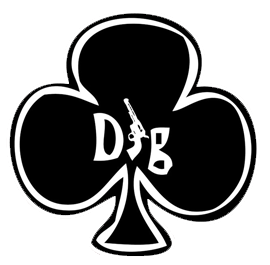
Bill Evans: Autumn Leaves
Bill Evans is a juggernaut and utterly paramount in the history and development of jazz. I treasure every one of my 31 Bill Evans records (bragging a little) for his melodic clarity, infallible rhythm, and general style. When you need a jazz record for your morning coffee, you probably need a Bill Evans record.
This cut of Autumn Leaves is from his 1959 release Portrait in Jazz. Additionally, 1959 was a landmark year for jazz and you can read a little more about it in a previous article here. I begin this comparative listening with the Bill Evans recording because it is a great example of the tune performed in a straight ahead fashion. The recording opens with a brief introduction before the head of the tune. The band then spins out into their solos while maintaining the standard song form, and operating within the preordained harmonies of the chart. If you're looking for a classic take on the classic tune, this is a good start.

Oscar Peterson: Autumn Leaves
The second recording for examination is Oscar Peterson from his 1972 release Solo. What is immediately clear about this recording is that Oscar Peterson has brought everything personal about his playing into his interpretation. He is renowned for his scale technique and frenetic performances, and this interpretation does not shy away from this characterization. In fact, it takes a full 1:10 before he clearly displays the melody of the song to the listener. Furthermore, this version is a solo recording which means that the onus of carrying the bass line, harmonies, melody, and improvised solos are completely within the hands of the one performer. Although this sounds limiting, Peterson's multi-phonic hands mask this difficulty seamlessly.
My favorite moment in this recording is the break down at 3:20. It is an utterly unique facet unto this particular recording, and offers the listener a moment of repose and juxtaposition to the feverish tempo in the rest of the recording.

Gonzalo Rubalcaba: Autumn Leaves
Gonzalo Rubalcaba is a Cuban jazz pianist and this cut is taken from his 1992 release Images. This recording is the most fractured of the three; by now I hope it is clear how kaleidoscopic these recordings can seem when compared side by side. What they have in common in obvious – genre, primary instrumentation, and melodic and rhythmic shape, but how they vary is where the art is. Each of these performers brings with them their own set of aesthetic values, technical strengths and weaknesses, and awareness of the musical precedents that came before them. Gonzalo has had the luxury of hearing and learning from these previous two recordings before making his own, and I assure you he did.
As such, his version buries the melody the deepest within itself and obscures the tune farthest from the audience offering only brief moments of clarity. These moments occur at 1:43 and 6:38 after a slippery reverse bass glissandi. The first time the Gonzalo plays the melody in its entirety the audience actually cheers because they recognize the material. The second instance is a far more coy and flirty visitation with this material. Finally, like the Oscar Peterson version, Gonzalo injects his own break down at 8:35 – however, his break down is based around Cuban dance rhythms.
Comparative listening is an informative way of getting to know your music collection better. It's raining here in Baltimore and I can't think of a better way to spend a gray afternoon than digging through your music catalog and listening critically across like-minded artists and repertoire. You dig?

